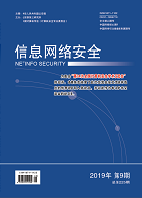In this paper, starting from the urgent needs of important information system security, according to the national level protection policies and standards, on the basis of safety inspection practice, put forward the important information system level security checks the working method, working content, working procedure, implementation procedures and technical measures, to the competent department of industry and responsibility unit, deployment, provide reference for important information system security checks.

